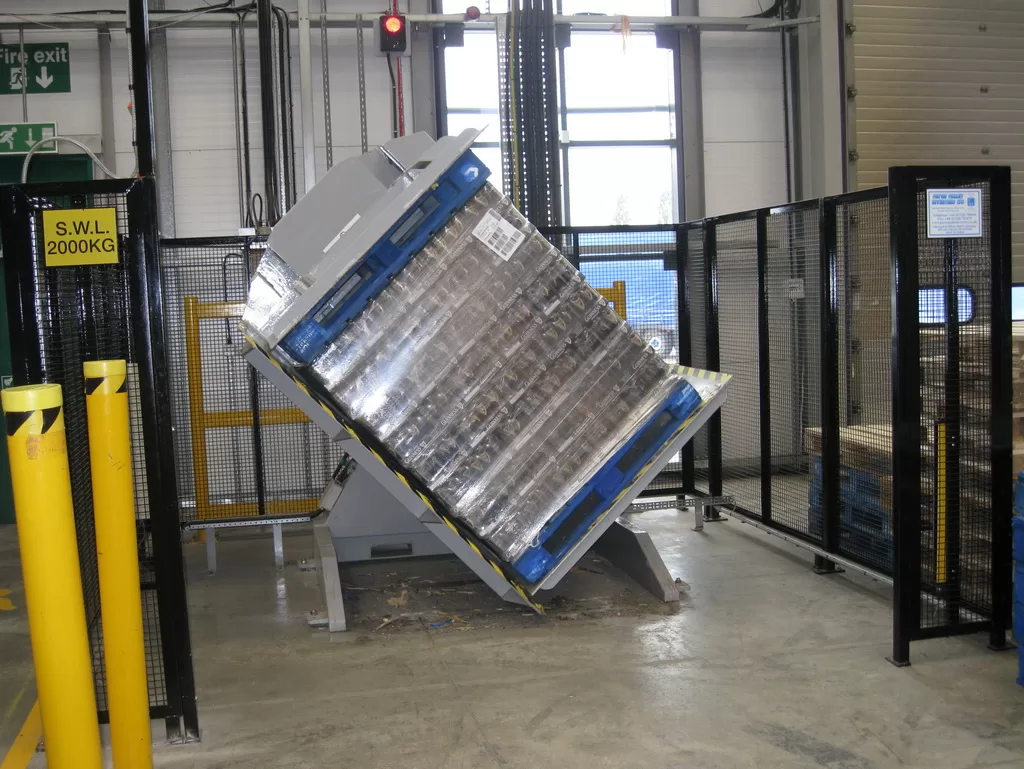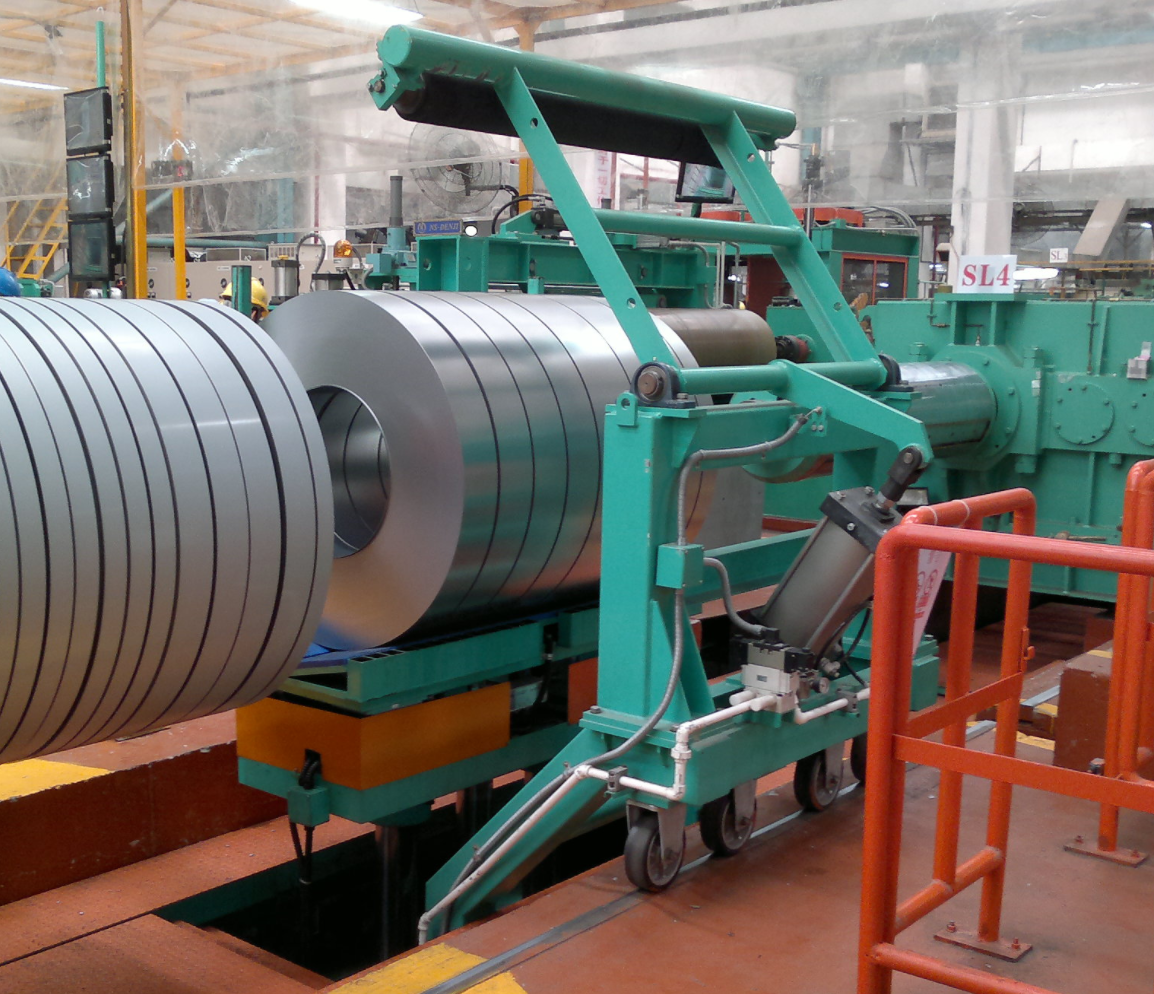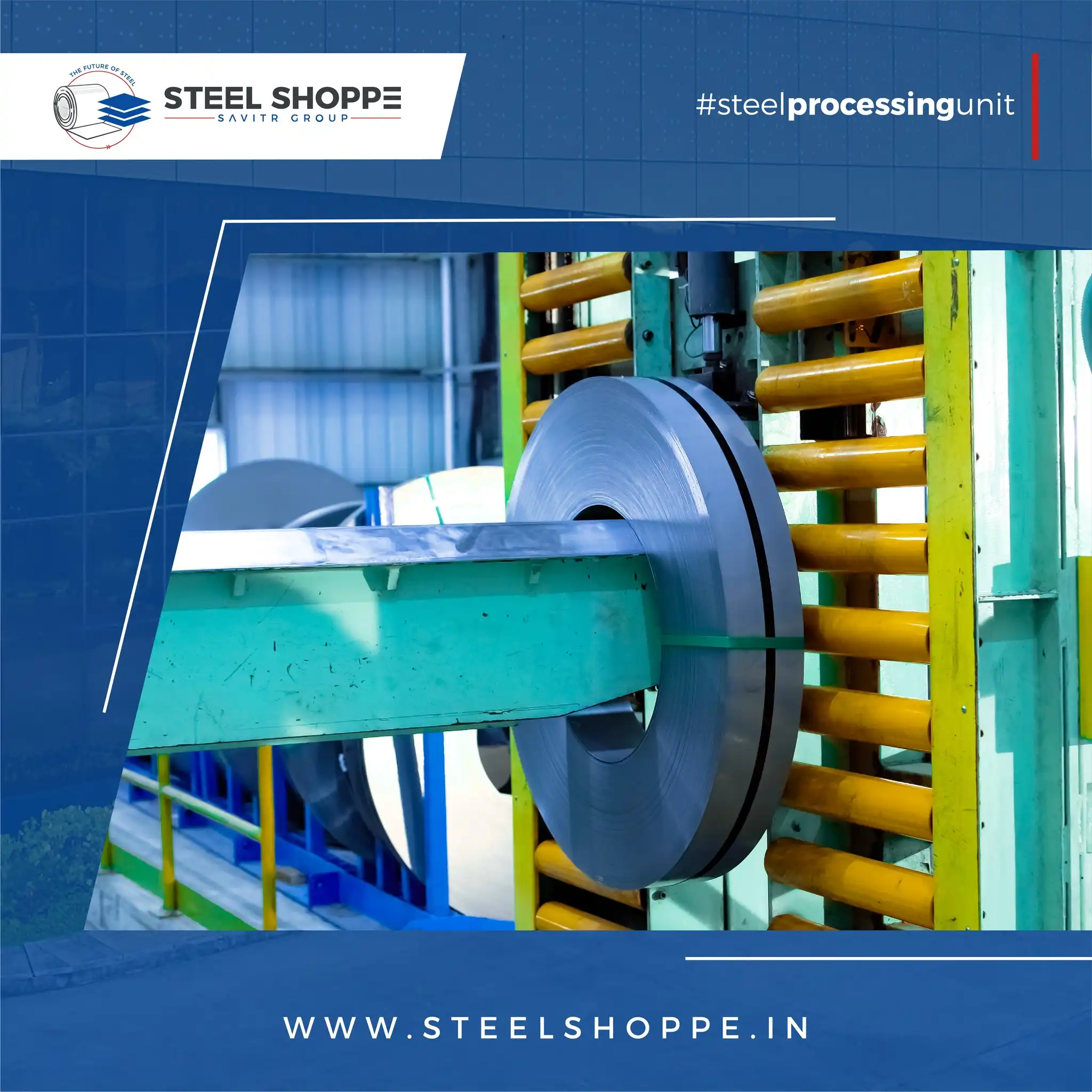Problems with coil upenders can disrupt operations, leading to delays and costly repairs. Stay ahead by understanding these maintenance issues, ensuring your production line runs smoothly and efficiently.
Coil upenders often face issues like hydraulic failures, misalignment, and wear and tear. Regular maintenance, proper lubrication, and alignment checks are key to preventing these problems. Implement scheduled inspections and address minor issues promptly to maintain optimal performance.
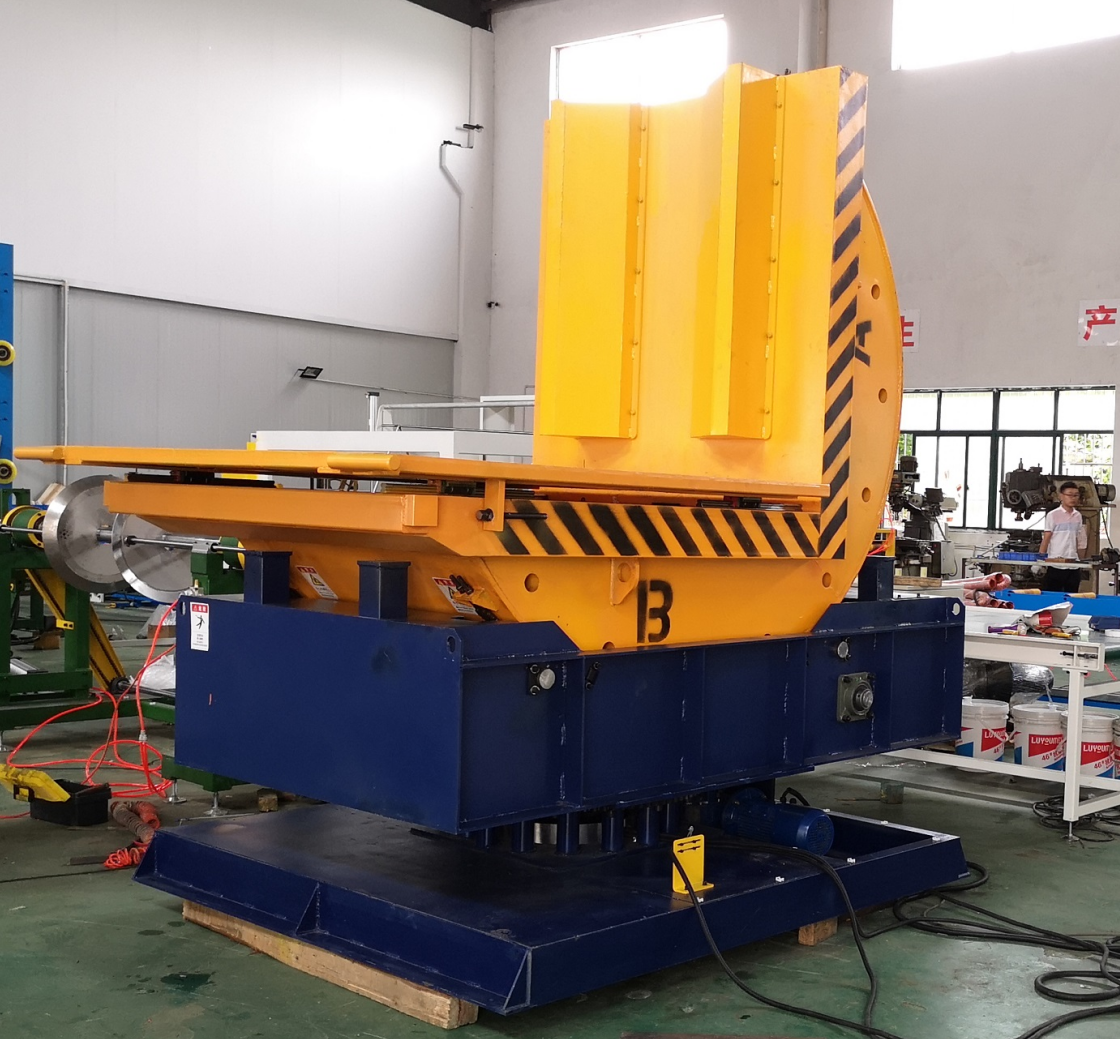
Maintenance of your coil upenders is crucial. By recognizing frequent problems and their root causes, you can take proactive steps to avoid them. Let’s explore these issues in more detail and learn how to safeguard your operations.
1. What are the common maintenance issues with coil upenders?
Neglected coil upender maintenance can be costly, affecting productivity and safety. Understanding the typical issues can save time and resources.
Common issues include hydraulic system malfunctions, misalignment of components, and excessive wear. Regular inspections for hydraulic fluid levels and equipment alignment, along with timely lubrication, help in preventing these issues effectively.
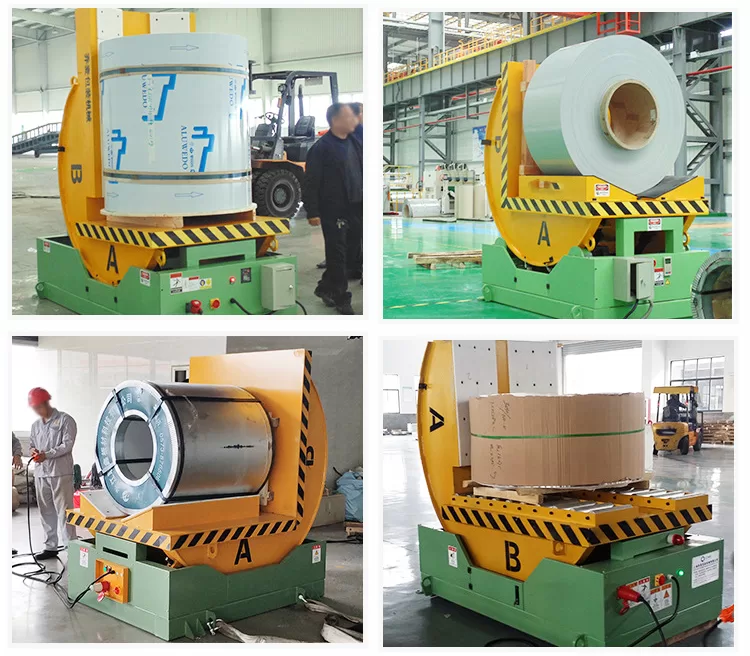
Hydraulic System Malfunctions
Hydraulic systems are vital for the functioning of coil upenders. They facilitate the smooth lifting and tilting of coils, ensuring efficient operations. Malfunctions, however, may halt production. The most common hydraulic issues include fluid leaks, pressure losses, and system overheating.
| Issue | Cause | Solution |
|---|---|---|
| Fluid leaks | Damaged seals or hoses | Regularly inspect and replace |
| Pressure losses | Valve or pump failure | Ensure timely repairs and checks |
| System overheating | Insufficient lubrication | Maintain proper fluid levels |
Regular checks of hydraulic fluid levels and system pressure are essential. Implement a routine for inspecting seals and hoses for wear and potential leaks. Promptly addressing minor issues can prevent larger, more costly failures.
Misalignment of Components
Coil upenders with misaligned components can lead to inefficient operations and equipment strain. This misalignment often results from improper installation or gradual shifts during usage.
| Problem | Consequence | Remedy |
|---|---|---|
| Component misalignment | Increased wear and tear | Conduct routine alignment checks |
| Equipment strain | Reduced operational efficacy | Regular maintenance and adjustments |
A well-maintained alignment ensures that the moving parts function without strain, extending the life of the equipment. Scheduled maintenance should include checks and adjustments to maintain proper alignment.
Excessive Wear and Tear
Continuous usage of coil upenders leads to natural wear and tear, which can affect performance if not addressed.
| Factor | Impact | Preventative Measure |
|---|---|---|
| Lack of lubrication | Increased friction, wear | Schedule regular lubrication |
| Ignored minor issues | Major failures | Timely identification and repair |
Regular lubrication of moving parts is crucial. It reduces friction, thereby prolonging the equipment’s lifespan. Moreover, prompt attention to minor wear can prevent more significant failures.
Proper and consistent maintenance practices are the answers to avoiding common coil upender issues. By addressing potential problems early, you ensure efficient and safe operations, which is a foundational philosophy at FHOPEPACK. Remember, understanding and preventing these issues today guarantees productivity tomorrow.
2. How can you prevent coil upender maintenance problems?
Preventing coil upender maintenance problems is crucial for maintaining productivity. By focusing on preventive measures, companies can avoid unexpected downtimes and costly repairs. Regular inspection and timely lubrication are key strategies to prevent coil upender maintenance issues. Scheduled checks can identify wear early, ensuring consistent operation and extended equipment life.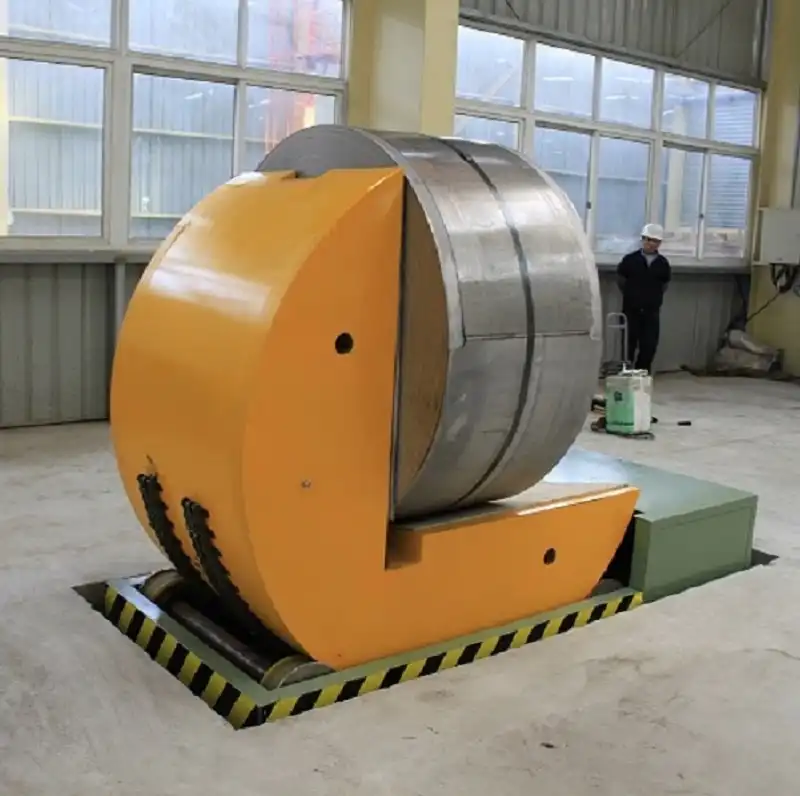
Dive Deeper into Preventive Maintenance for Coil Upenders
Addressing maintenance challenges for coil upenders proactively is a must in industrial settings. To prevent issues, a systematic approach should be taken. Regular inspections play a critical role. These involve examining mechanical parts for signs of wear and tear or misalignment. Moreover, lubrication schedules should be strictly followed, ensuring that friction between moving parts is minimized, thus reducing stress on components.
| Inspection Area | Frequency | Actions Required |
|---|---|---|
| Mechanical Parts | Monthly | Check for wear or misalignment. |
| Electrical Systems | Quarterly | Test for proper functioning. |
| Safety Features | Semi-annually | Ensure all safety mechanisms are active. |
Besides regular inspections and maintenance, staff training is essential. Operators should be knowledgeable about machine operation and troubleshooting minor issues. Investing in staff training can prevent misuse, which often leads to maintenance problems. Furthermore, maintaining a log of issues and repairs can provide valuable insights into patterns that may require attention.
In my 40 years in the industry, I’ve seen firsthand how a simple checklist can prevent major disruptions. It fosters a culture of ownership and responsibility among operators, turning potential problems into opportunities for improvement. This proactive mindset is what sets successful operations apart in the complex world of coil handling.
3. Why is regular maintenance crucial for coil upenders?
Neglecting regular maintenance of coil upenders can lead to significant operational disruptions. Regular upkeep not only prolongs equipment lifespan but also ensures reliability and efficiency. Regular maintenance of coil upenders is crucial for preventing unexpected failures and ensuring safe and efficient operations. It helps identify potential issues early, minimizing downtime and costs.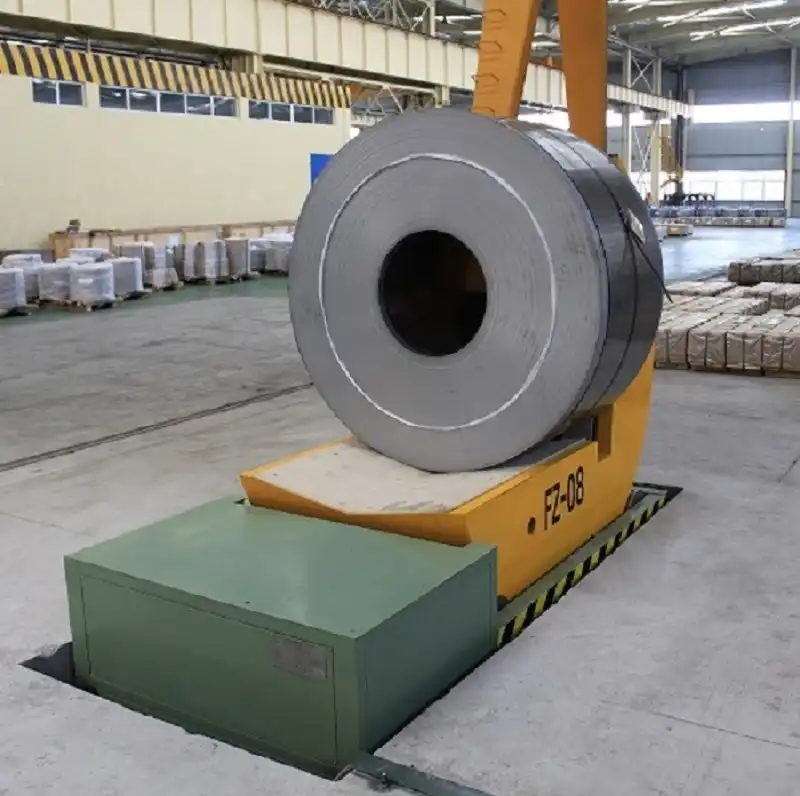
Regular Maintenance: A Critical Investment in Your Coil Upender’s Longevity
Regular maintenance is not just a necessity; it is an investment in the longevity and performance of coil upenders. When maintenance schedules are rigorously followed, they aid in detecting wear and potential failures before they become significant issues. This proactive approach minimizes risks and keeps operations running smoothly.
| Benefit | Impact | Description |
|---|---|---|
| Prolonged Lifespan | Delays degradation of components | Regular checks ensure parts function optimally. |
| Enhanced Safety | Reduces risk of operational accidents | Regular inspections can catch safety risks early. |
| Cost Efficiency | Minimizes unexpected repair costs | Early detections prevent costly breakdowns. |
Understanding the direct correlation between regular maintenance and operational safety is crucial. Coil upenders are complex machines, often handling heavy loads. Any failure can lead to not only equipment damage but also pose significant safety risks to operators. Hence, adherence to a structured maintenance plan is essential.
Reflecting on my experience, I remember a client who overlooked a critical maintenance update. The oversight led to costly downtime. We revised their maintenance protocols, which dramatically improved both safety standards and machine longevity. Such experiences underscore the importance of regular maintenance—it is not just about avoiding breakdowns but ensuring the safety and efficiency of operations.
Conclusion
Understanding and addressing maintenance issues in coil upenders is vital for efficient operations. Implementing preventive measures can prolong equipment lifespan, enhance safety, and reduce costs.
Understanding and addressing maintenance issues in coil upenders is vital for efficient operations. Implementing preventive measures can prolong equipment lifespan, enhance safety, and reduce costs.


